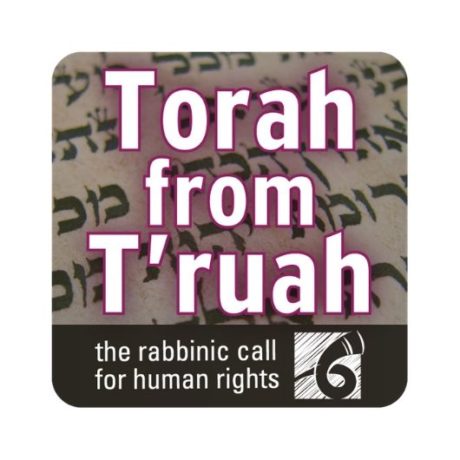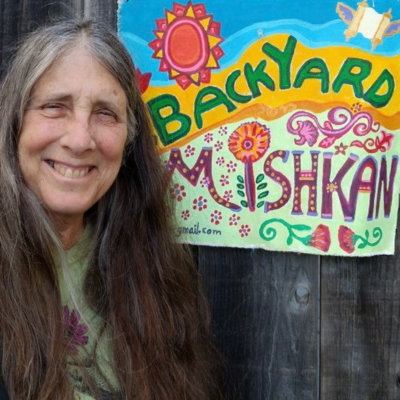Maharat Rori Picker Neiss: Eikev It’s the Smaller Things that Matter
Maharat Rori Picker Neiss introduces the theme from the very beginning of the parashah: “If you eikev obey these rules”. Translators generally consider the word eikev to be extraneous to the sentence. She cites Rashi, who interprets it to mean that even the lighter commands—like something we would walk upon with our heels—must also be observed. We should remain vigilant about actions that we don’t notice.











